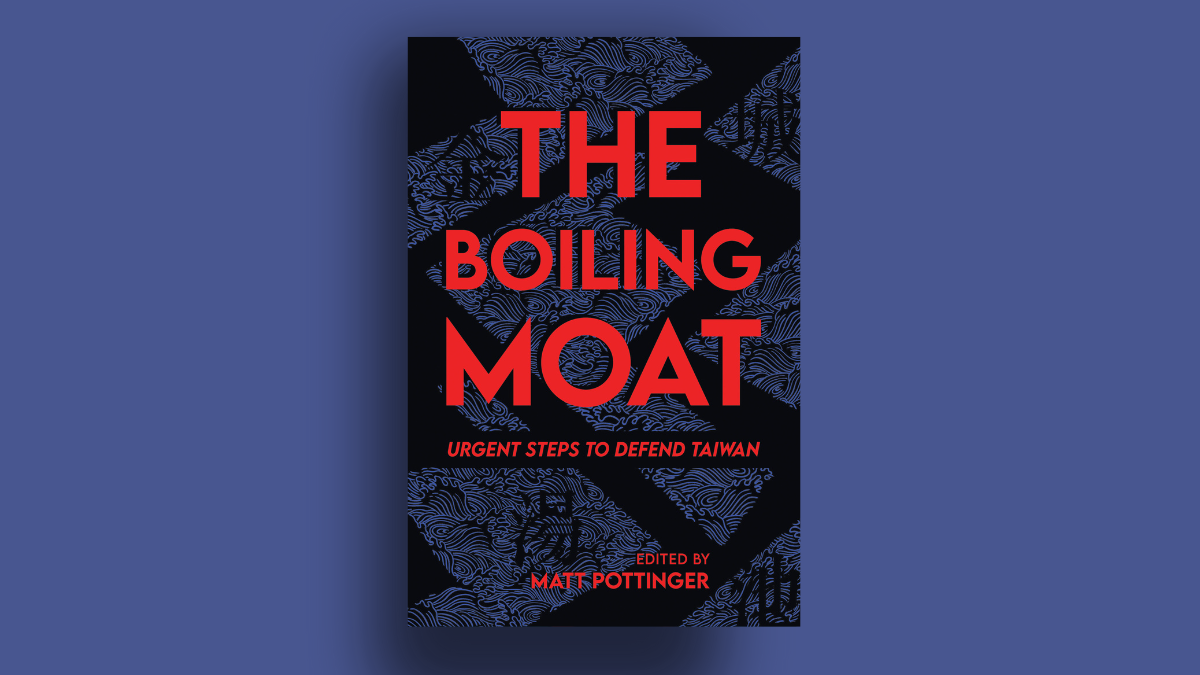As Christians around the world prepare to celebrate the highlight of the church year — the resurrection of Jesus Christ — many stop their flurry of activities on Friday to somberly reflect, in private and corporate meditation, on the agony Jesus suffered in his cruel and wrenching death on the cross.
Called Good Friday, remembrances begin with the early hours of the original day as Jesus is tried, convicted, scourged, and finally nailed to the cross, a torturous and wrenching death written in all four gospels. Matthew, Mark, Luke, and John recall in detail the barbarous treatment of the Savior by the Roman authorities, who were fulfilling the prophecies when God promised His people a Savior to bear man’s sin and through His Easter resurrection gives eternal life to those who believe.
As we reflect on those horrible hours on the cross and the agony of crucifixion, known to this day for its abject brutality, we look to Jesus’ face, contorted with pain. As the Old Testament prophet Isaiah described, many were amazed when they saw him. His face was so disfigured he seemed hardly human, and from his appearance, one would scarcely know he was a man.
A Cistercian monk during the Middle Ages wrote a poem about Jesus’ death that was discovered and translated by a Lutheran pastor in the 17th century, who set it to music. “The Passion Chorale, O Sacred Head Now Wounded,” has been sung on Good Friday throughout the church for more than 350 years, published in hundreds of hymnals and languages, as Christians reflect on Jesus’ anguish and the brutal physical toll the beatings and spiked nails had on his body.
O sacred Head, now wounded,
with grief and shame weighed down,
now scornfully surrounded
with thorns, thine only crown!
O sacred Head, what glory,
what bliss till now was thine!
Yet, though despised and gory,
I joy to call thee mine.
History of the Poem
The original poem in Latin, Salve mundi salutare, was thought to be authored by the famous Abbot Bernard of Clairvaux, but more recent research names Arnulf of Louvain (1200-1251) as the author. His cycle of seven meditations focuses on each of seven wounds of the crucified Christ, one for each day of Holy Week.
Paul Gerhardt, known as the “sweet singer of Lutheranism,” was serving the parish at Mittenwald outside Berlin in 1651 when he translated the poem from Latin to the people’s language of German. The hymn, “O Haupt voll Blut und Wunden,” focused on the seventh meditation — the sacred head of Jesus. (James Waddel Alexander, a Presbyterian pastor, translated the hymn into English in 1830.)
Credited with more than100 hymns, Gerhardt ranks next to Martin Luther as the most gifted and popular hymnwriter of the Lutheran church. Gerhardt reworked the Latin poem into a more personal contemplation of Christ’s death on the cross and how our sin caused his suffering.
What thou, my Lord, hast suffered
was all for sinners’ gain.
Mine, mine was the transgression,
but thine the deadly pain.
Lo, here I fall, my Savior!
’Tis I deserve thy place.
Look on me with thy favor,
and grant to me thy grace.
Tune’s Origins
The tune, called “Passion Chorale,” comes from a medieval love song, “My heart is distracted by a Gentle Maid,” adapted by Lutheran composer Hans Leo Hassler — a common practice in writing “singable” hymns. In 1656, Gerhardt set the tune to his hymn for the first time. This arrangement was published in Johann Cruger’s “Praxis Pietatis Melica” in 1656 and has been associated with the German and English translations ever since.
According to the Center for Church Music, “J.S. Bach used the ‘Passion Chorale’ melody extensively in his work, including it five times in St. Matthew’s Passion, twice in the Christmas Oratorio, and also in five cantatas and an organ setting of his Miscellaneous Preludes.” Johannes Brahms also used this tune among his 11 chorale preludes.
Frederick William I, King of Prussia, reportedly requested in his will that “Passion Chorale” be played at his funeral. Franz Liszt included it in his work on the Stations of the Cross. In the modern day, Paul Simon used the Passion Chorale in his 1975 hit, “American Tune.”
While most hymnals list only four verses of the hymn, there are at least 10 verses published that give a full meditation for Good Friday. Lutheran scholar Richard Kraemer wrote, “Throughout the hymn, a close relationship is fostered between the Savior and the saved. Faith looks up to the despised and suffering Christ and declares, ‘I joy to call Thee mine.’”
Contemporary Christian artist Michael Card pairs the hymn with artists’ renditions — ancient and modern — of Jesus Christ’s passion, an effective visual cue for the hymn’s lyrics.
“O Sacred Head Now Wounded” ends with Christians contemplating their own deaths, keeping their eyes on the cross, Christ’s passion, and the “living hope” of life eternal bought with His precious blood. As Christians prepare for the great celebration of Christ’s resurrection on Easter morning, they do well to linger a bit longer on the cross.
Be Thou my consolation,
my shield when I must die;
Remind me of Thy passion
when my last hour draws nigh.
Mine eyes shall then behold Thee,
upon Thy cross shall dwell,
My heart by faith enfolds Thee.
Who dieth thus dies well.









